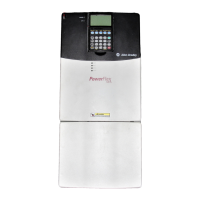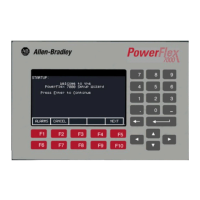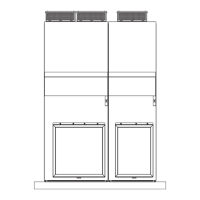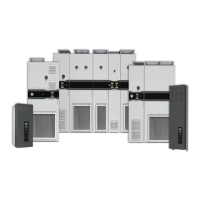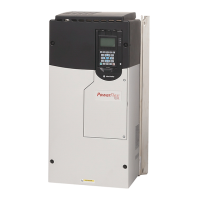Preset Frequency 2-137
If power recovers while the drive is still in inertia ride through the power
loss alarm is cleared and it then accelerates at the programmed rate to the set
speed. Otherwise, if power recovers before power supply shutdown, the
power loss alarm is cleared.
If the drive is in a “run permit” state, the reconnect algorithm is run to match
the speed of the motor. The drive then accelerates at the programmed rate to
the set speed.
Preset Frequency There are 7 Preset Frequency parameters that are used to store a discrete
frequency value. This value can be used for a speed reference or PI
Reference. When used as a speed reference, they are accessed via
manipulation of the digital inputs or the DPI reference command. Preset
frequencies have a range of plus/minus [Maximum Speed].
Process PI Loop [PI Config]
[PI Control]
[PI Reference Sel]
[PI Setpoint]
[PI Feedback Sel]
[PI Integral Time]
[PI Prop Gain]
[PI Upper/Lower Limit]
[PI Preload]
[PI Status]
[PI Ref Meter]
[PI Feedback Meter]
[PI Error Meter]
[PI Output Meter]
The internal PI function provides closed loop process control with
proportional and integral control action. The function is designed to be used
in applications that require simple control of a process without external
control devices. The PI function allows the microprocessor to follow a
single process control loop.
The PI function reads a process variable input to the drive and compares it
to a desired setpoint stored in the drive. The algorithm will then adjust the
output of the PI regulator, changing drive output frequency to try and make
the process variable equal the setpoint.
Proportional control (P) adjusts output based on size of the error (larger
error = proportionally larger correction). If the error is doubled, then the
output of the proportional control is doubled and, conversely, if the error is
cut in half then the output of the proportional output will be cut in half. With
proportional control there is always an error, so the feedback and the
reference are never equal.
Integral control (I) adjusts the output based on the duration of the error.
(The longer the error is present, the harder it tries to correct). The integral
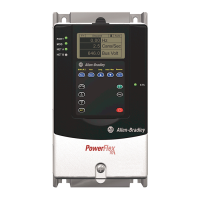
